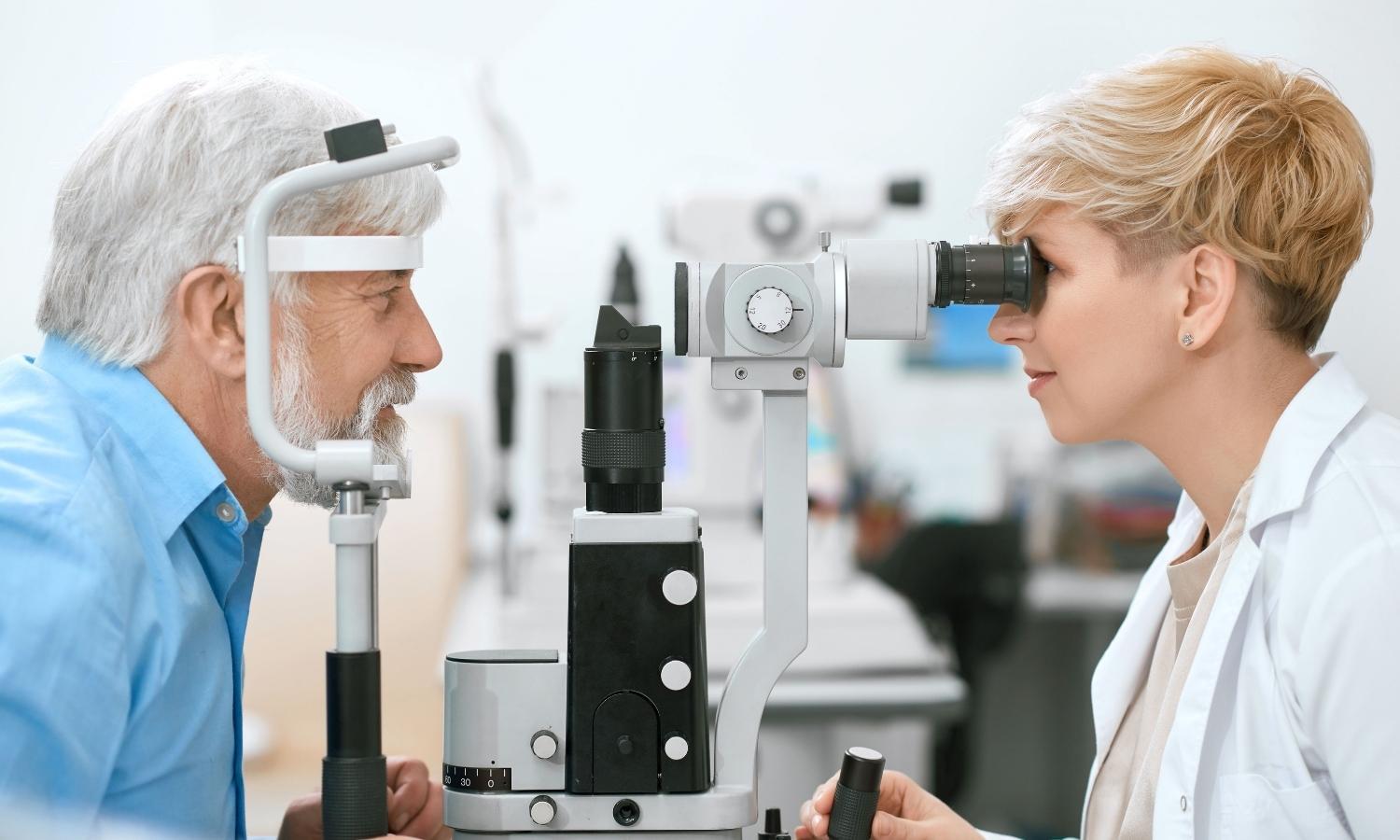Things to Know About Ophthalmology and Optometry | Capital Ophthalmic

Eye care is a growing field, but many people still don’t know much about it. At Capital Ophthalmic Instruments, we want to help develop your knowledge of this field, so you can better understand eye care. Join us as we discuss six things you should know about ophthalmology and optometry.
Ophthalmologists and Optometrists are Not the Same
While they both deal with eye care, ophthalmologists and optometrists have several major differences that many patients may not realize. After completing three years of college, optometrists complete an additional four years of optometry school to earn a Doctor of Optometry degree. Meanwhile, ophthalmologists must complete college and eight years of additional medical training.
Optometrists are generally only licensed to provide primary vision care such as eye exams, prescribing glasses, and prescribing medication. However, there are four states that allow optometrists to perform surgical procedures, and five states that allow them to perform laser procedures. Meanwhile, ophthalmologists are licensed to practice medicine and surgery due to their additional education and training. Ophthalmologists can also complete additional in-depth training to become a subspecialist that works in a specific field such as glaucoma, cornea, or retina surgeries. Both do continuing education.
Eyes Were Studied as Far Back as 2250 BC
While many people think ophthalmology and optometry are a modern science, these fields actually have roots going back to 2250 BC. The first known mention of ophthalmology can be linked to a text from Ancient Babylon called the Code of Hammurabi. There are several small mentions of eye surgery and diagrams in the next few thousand years, but one of the first celebrated eye surgeons came from India in 800 BC.
Sushruta was regarded as the father of Indian ophthalmology and described 76 ocular diseases along with different techniques and instruments used in that time. He also had a strong interest in cataracts and is one of the first known cataract surgeons. His notes are one of the most detailed examples of early ophthalmology.
George Bartisch is Considered the “Father” of Ophthalmology
Known as the “Father” of Ophthalmology, George Bartisch revolutionized the field of ophthalmology in 1583 with the release of his book, Ophthalmodouleia. Bartisch’s book was an extensive look at ocular disease and surgery, which included several illustrations featuring wood cuts to show the layers of an eye. Ophthalmodouleia includes an extensive amount of information on ocular knowledge from basic concepts to in depth examples of various treatment options. Along with his book, George Bartisch was an advocate for improving ocular health using surgery.
The Ophthalmoscope Was Developed in in the 1850s
One of the biggest accomplishments in the field of ophthalmology was the invention of the ophthalmoscope. For thousands of years, scientists had been limited in their study of ophthalmology because they were unable to view the eye’s fundus, the side opposite of the pupil. In the 1850’s, Hermann von Helmholtz, a German physicist, created the ophthalmoscope to fix this problem.
If you’ve ever been to an optometrist, then you’ve likely seen an ophthalmoscope during a standard eye exam. These eye doctor instruments work using three essential elements: a light source, a reflecting surface, and a means of fixing out-of-focus images. This creation revolutionized the field of ophthalmology and allowed for the discovery of new diseases and treatments.
There Are About 37,200 Practicing Optometrists and 18,000 Practicing Ophthalmologists in the U.S.
Optometrists are state-licensed healthcare professionals who specialize in eye heath. The United States had 37,240 practicing optometrists in 2017.
Since it requires so many years of college and years of experience, ophthalmology is a small but important medical field. As of 2020, there were approximately 18,000 practicing ophthalmologists in the United States. While this number may seem low, ophthalmology is an evolving field and is expected to grow within the next 10 years.




